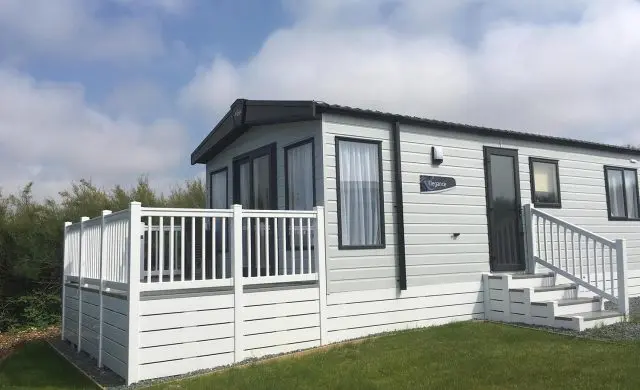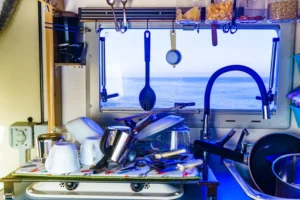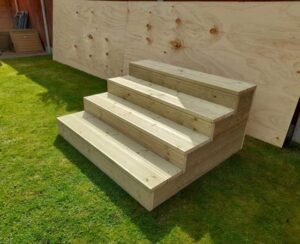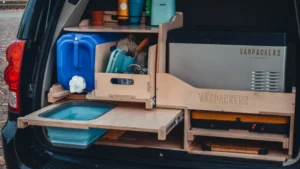Definition and Overview
A static caravan, as the name suggests, is a type of caravan that remains stationary, unlike its mobile counterparts. It is a prefabricated structure, often transported to a specific site where it will predominantly remain for the rest of its days. These caravans are versatile and can serve as holiday homes, permanent residences, or even rental properties. Depending on the region or industry, they might be referred to by various names such as holiday lodges, mobile homes, park homes, or RVs.
The allure of static caravans lies in their blend of the comforts of a traditional home with the flexibility of location. They offer an opportunity to reside in scenic locales, often closer to nature, without the commitment or cost of building a permanent structure. Their popularity has surged, especially among those looking for affordable housing or vacation solutions without compromising on the comforts of home.
Historical Context
Caravans, in one form or another, have been in use since the 1800s. Initially, they were simple structures, vastly different from the modern, luxurious versions we see today. These early caravans served as mobile homes for nomadic populations and were more about functionality than comfort. Over the decades, with advancements in design and technology, caravans evolved, becoming more comfortable and equipped with modern amenities.
The 21st century has seen a resurgence in the popularity of caravans, especially static ones. This can be attributed to a blend of nostalgia, the tiny house movement, and the desire for affordable housing solutions. Modern static caravans offer a unique blend of history and contemporary living, making them an attractive option for many.

Types and Classifications
Static caravans come in various shapes and sizes, each tailored to specific needs and preferences. One of the primary classifications is the difference between a holiday home and a holiday lodge. While both serve as comfortable accommodations, their size and price points differ. A holiday home version of a static caravan is typically narrower, with widths up to 14ft and varying lengths. These are more compact and are ideal for smaller families or shorter stays.
On the other hand, holiday lodges are broader, with widths reaching up to 22ft. They are designed to accommodate larger families and are suitable for extended stays. Some lodges are even built for year-round living, offering enhanced insulation and protection against varying weather conditions. This distinction is especially prevalent in regions like the UK, where the choice between the two often boils down to size, budget, and intended use.
Benefits of Owning a Static Caravan
Owning a static caravan comes with a plethora of advantages. For starters, modern static caravans are epitomes of luxury and convenience. As the demand for these structures has grown, so has their design sophistication, with many now boasting amenities that rival traditional homes. One of the most enticing benefits is the potential for rental income. Owners can rent out their static caravans during periods they aren’t using them, providing an additional income stream.
Maintenance is another area where static caravans shine. Compared to traditional homes, the upkeep costs for static caravans are significantly lower. Cleaning is more straightforward due to the reduced space, and many caravans come fully equipped with essential utilities like water, gas, and electricity. Moreover, depending on the provider, additional amenities like central heating, dishwashers, and washing machines can either come pre-installed or be added later. The cherry on top? The breathtaking views and closeness to nature that many caravan sites offer.
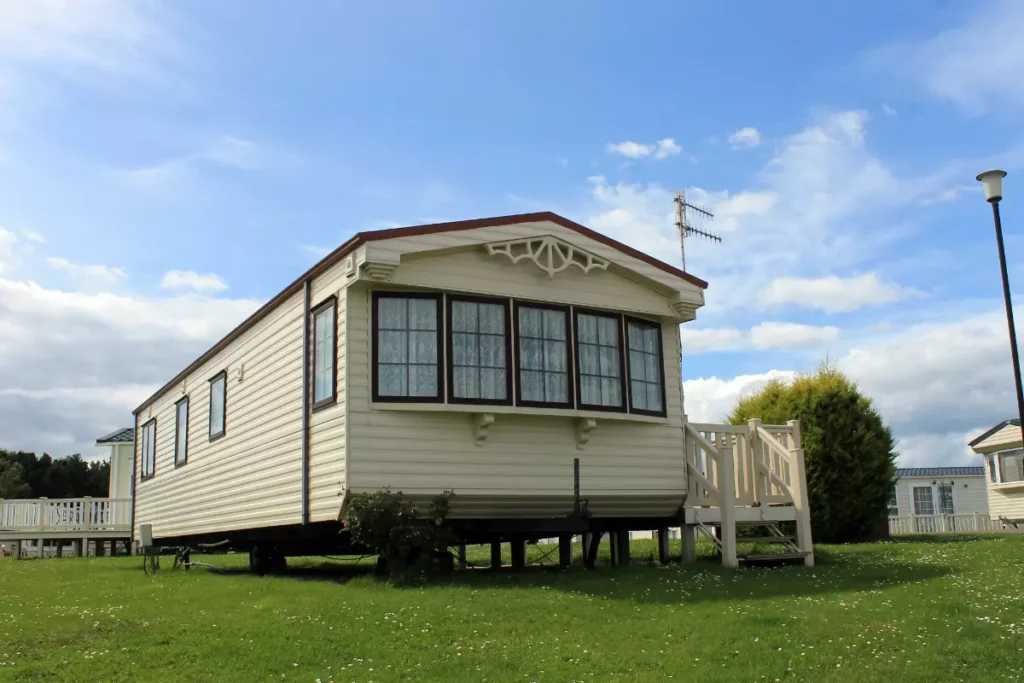
Construction and Design
At the heart of every static caravan is its durable chassis, designed to withstand various weather conditions and resist corrosion. This foundation ensures the longevity and safety of the structure. On top of this chassis, the caravan is constructed using a combination of robust materials, ensuring insulation, protection from the elements, and overall stability. Many modern static caravans are almost indistinguishable from traditional homes, especially the bungalow-styled park homes.
The design of static caravans has seen a significant evolution over the years. From simple, functional structures, they have transformed into luxurious abodes equipped with modern amenities. Attention to detail, efficient use of space, and the incorporation of contemporary design elements make them aesthetically pleasing and functional. Many also come with options for customization, allowing owners to tailor their caravans to their specific tastes and needs.
Living in a Static Caravan
Living in a static caravan is not just a temporary arrangement for many; it’s a lifestyle choice. The idea of residing in a compact space, often surrounded by nature, has its unique charm. However, there are practical considerations to address. One of the primary factors is the location. Not all caravan sites are suitable for year-round living. Some holiday parks, for instance, might close during off-peak seasons, making them unsuitable for permanent residence.
Another crucial aspect to consider is the amenities and infrastructure around the caravan site. Just like when purchasing a traditional home, factors such as proximity to shops, hospitals, public transport, and recreational activities play a significant role. It’s also essential to be aware of the costs associated with living in a caravan park, including plot rent, utilities, and other potential fees. Engaging with current residents and seeking legal advice can provide valuable insights and ensure a smooth transition to caravan living.
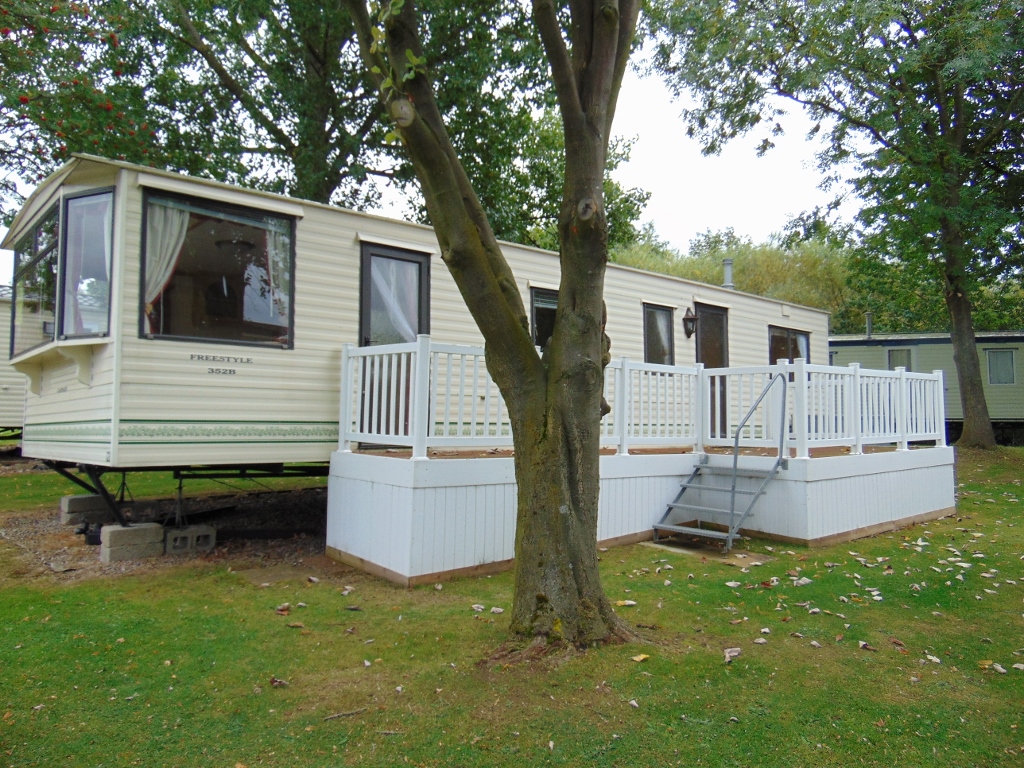
Maintenance and Upkeep
One of the significant advantages of owning a static caravan is the reduced maintenance compared to traditional homes. However, this doesn’t mean they are entirely maintenance-free. Regular checks and upkeep are essential to ensure the caravan remains in top condition. Cleaning, for instance, becomes less cumbersome due to the reduced space, but it’s crucial to address areas prone to dampness or mold. Regularly checking seals, windows, and roofs can prevent leaks and prolong the caravan’s lifespan.
Additionally, static caravans come with their set of utilities, such as gas, water, and electricity. Regular checks on these systems are vital to ensure safety and functionality. Depending on the caravan’s location, external factors like weather conditions can also play a role in its maintenance needs. For instance, caravans in coastal areas might require more frequent checks for corrosion due to the salty air. Engaging in a routine maintenance schedule and addressing issues promptly can ensure the caravan remains a comfortable and safe abode.
Legal and Financial Aspects
Diving into the world of static caravans also means navigating the legal and financial waters associated with them. Unlike traditional homes, static caravans cannot typically be mortgaged. This means potential owners need to have a clear financial plan in place. While they are generally more affordable than brick-and-mortar homes, there are still costs to consider, including the caravan’s price, site fees, and ongoing maintenance.
From a legal perspective, it’s essential to understand the terms of the caravan park or site. Some sites have specific rules regarding the length of stay, modifications to the caravan, or even the age of the caravan itself. If considering a static caravan as a permanent residence, it’s crucial to ensure the site has a license for year-round occupancy. Seeking legal advice before making a purchase can help clarify rights, responsibilities, and any potential pitfalls.

Personal Considerations
Deciding to invest in a static caravan is a deeply personal choice, influenced by individual preferences, needs, and circumstances. Modern static caravans are designed to be comfortable and luxurious, making them suitable for various demographics. For families, they can serve as a hassle-free weekend getaway, eliminating the need for hotel bookings or travel arrangements. Simply drive to the caravan site and enjoy a relaxing break.
For retirees, static caravans offer a serene environment, ideal for relaxation and reflection after years of a bustling work life. The sense of community in many caravan parks also provides social opportunities and a sense of belonging. Ultimately, the decision to invest in a static caravan boils down to individual priorities. Whether it’s the allure of nature, the sense of community, or the financial benefits, each potential owner must weigh the pros and cons to determine if it’s the right choice for them.
Conclusion
In summary, static caravans offer a unique blend of comfort, flexibility, and affordability. They represent a modern solution to housing and vacationing, combining the best of traditional homes with the benefits of mobility. Whether used as a holiday retreat or a permanent residence, they provide an opportunity to be closer to nature, enjoy a sense of community, and experience a different way of living.
As with any significant investment, it’s essential to conduct thorough research, seek expert advice, and consider personal preferences and needs before diving into the world of static caravans.
